This week our Archaeologist Claire talks about the porch design and construction of our Horton House.
In these strange times, there is only one thing I imagine most of us have been talking about, and quite understandably. Despite this and maybe indeed because of this, we at Butser have dedicated some time over the last few days to working on the porch of our Neolithic house. Doing a practical activity requires focusing on the task in hand to the exclusion of all the other jumbled up thoughts in our brains. A little bit of mindfulness in the midst of psychological chaos, you might say.
In experimental archaeology, it is really important to reflect every aspect of the original archaeology as accurately as possible, including the direction in which the house faced. Over time, this will enable us to measure weather related wear and tear, and gain further insight into Neolithic building skills and knowledge. In the case of the Horton house construct at Butser, this means a doorway on the far side of the building, hidden from view and not immediately obvious to visitors.
So, it would be useful to have a porch that visually defined where the entrance to the house is. But this was not our only consideration. It was also critical that the entrance provided unhindered access to the building for all our visitors, including those with mobility and disability issues. Fortunately, no compromise of the real archaeological evidence was required in order to achieve this.
Thirdly, and equally importantly our porch has to be a feasible interpretation based on the evidence. There could have been a number of interpretations, and in fact there are at least two in existence.
Compare the actual build here on site:
With the scale model constructed by Andy from Wessex Archaeology: (note how that Playmobil archaeologist from a few weeks ago is the perfect scale for this house!)
Note how Andy’s model has a porch the rafters of which run to the ground, with vertical planking on the front face, while our rafters stop far short of the ground. We loved Andy’s idea but our thatching schedule was such that we had already thatched round the porch, making Andy’s design too tricky to create! The important point here is that both are equally valid concepts. This is why we should always think of experimental archaeology as a means of understanding what COULD have happened in the past, and not a way of categorically defining what DID happen.





